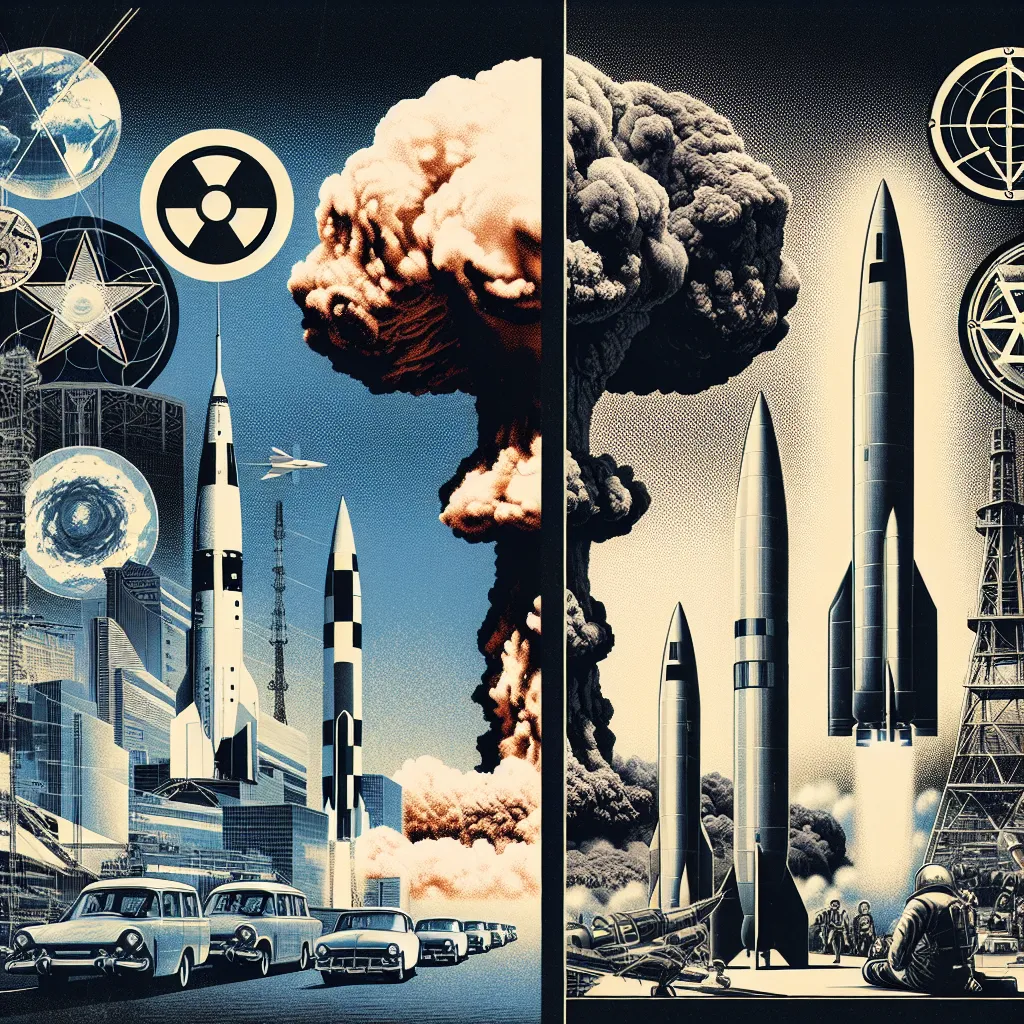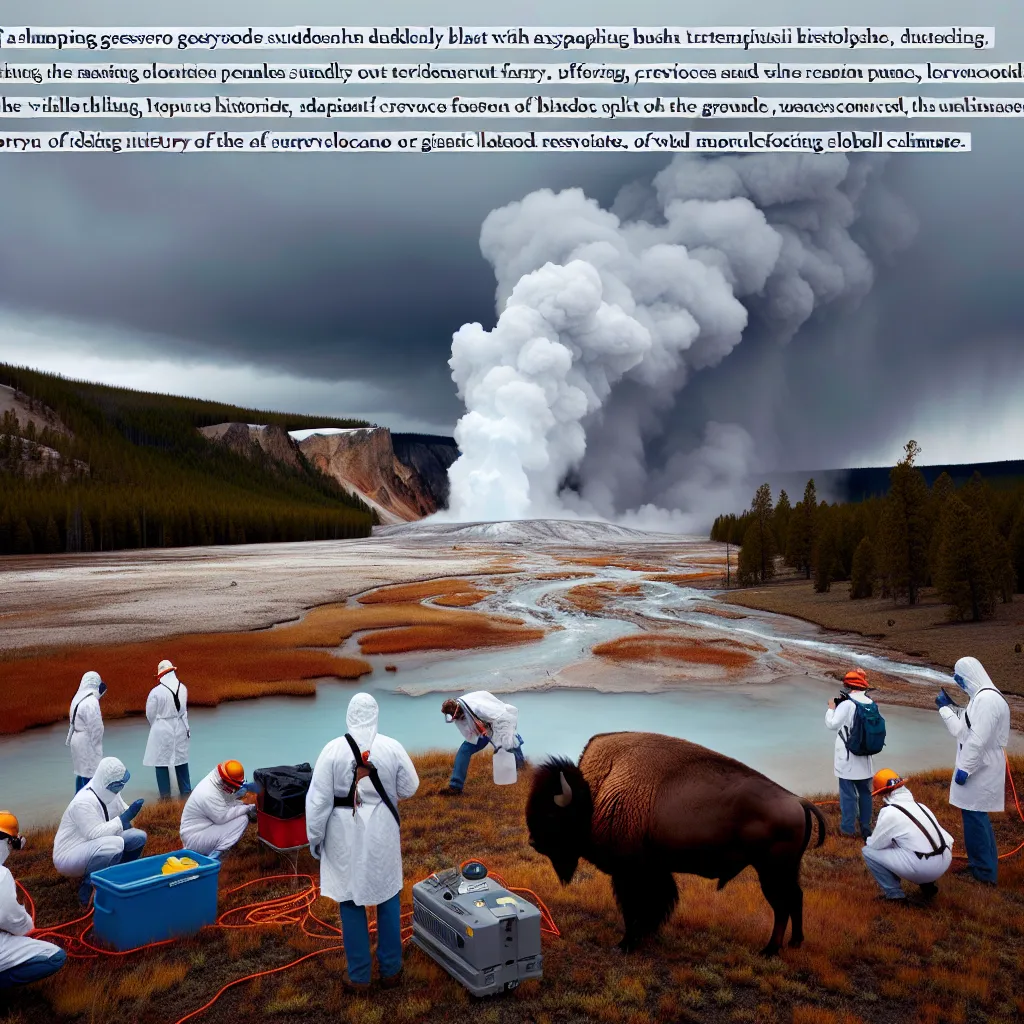On August 6, 1945, the United States dropped an atomic bomb on Hiroshima, and three days later, another on Nagasaki. These actions demonstrated the catastrophic power of nuclear energy, wreaking havoc on both cities. In the aftermath of World War II, two superpowers— the Soviet Union and the United States—emerged. Both nations raced to harness nuclear power, not only for energy but for an unprecedented arms race driven by technological advancements.
This race between the US and the Soviet Union defined the Cold War era, changing perceptions of defense spending with atomic and hydrogen bombs and intercontinental ballistic missiles. It was a technological and ideological struggle for supremacy, where each side used science and technology to bolster their economic systems and promise prosperity to their people.
The Cold War touched numerous scientific fields. Innovations in weapons technology and space exploration lifted humanity beyond Earth’s atmosphere, leading to a relentless race that brought the world to the brink of nuclear annihilation and drove research into engineering marvels still defining the modern world.
In 1945, World War II’s end saw victories for the Allied forces in Europe, with the horrors of war revealed in January as concentration camp prisoners were liberated. The Soviets captured Berlin in April, and Adolf Hitler committed suicide, leading to Germany’s surrender in May. However, the Pacific war against Japan raged on. Japan’s refusal to surrender necessitated a costly Allied invasion, prompting US President Harry Truman to sanction the atomic bomb’s use to achieve a swift and decisive end.
The notion of nuclear weapons as a game-changer began earlier, in 1939, when physicist Leo Szilárd and Albert Einstein warned US President Franklin D. Roosevelt about Germany’s advanced research into nuclear fission. This warning sparked the establishment of the Manhattan Project, a secret US effort to develop nuclear weapons before the Nazis.
Under General Leslie Groves and physicist J. Robert Oppenheimer, the project saw America’s best minds working around the clock on atomic research, culminating in the first atomic bomb test in New Mexico on July 16, 1945. This led to the bombs being dropped on Hiroshima and Nagasaki, ushering the world into the atomic age.
The Cold War’s central threat was the prospect of nuclear war, prompting both sides to bolster their arsenals continually. Scientific and technological advancements in computing and missile technology made intercontinental strikes possible. The Soviet Union’s development of rockets for nuclear weapons and space exploration mirrored US efforts, often leading to direct confrontations like the Cuban Missile Crisis in 1962. This near-catastrophic event led to communication improvements and treaties to control the arms race.
Despite the race’s destructive potential, the Cold War spurred numerous scientific and technical advancements. The US and the Soviet Union invested heavily in research and development leading to groundbreaking technologies in various fields, from computers and satellites to nuclear energy. Programs like NASA’s space missions were fundamentally driven by Cold War rivalries, resulting in extraordinary achievements like the Apollo moon landings.
As tensions eased, treaties like the Partial Test Ban in 1963 began shaping a world where the threat of nuclear annihilation was somewhat mitigated by diplomatic agreements. Yet, the legacy of the Cold War endures in today’s military and technological landscapes, where both the US and Russia maintain significant nuclear arsenals.
The period also saw an expansion of civilian uses of technology initially developed for military purposes. The drive to outdo each other led to advancements we now consider everyday conveniences, like GPS and the internet, initially part of defense projects.
Ultimately, the Cold War’s arms race was a double-edged sword; it bred fear and destruction while simultaneously driving humanity to new heights of scientific and technological achievement. The competition for technological supremacy not only defined an era but also laid the groundwork for the interconnected, technologically advanced world we live in today.






